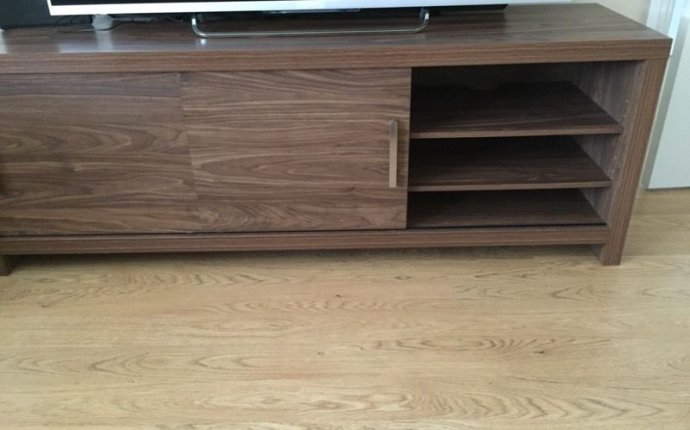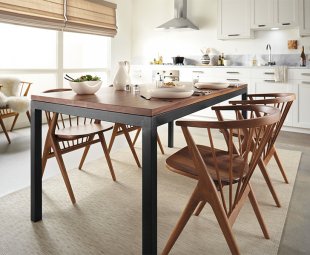
Next Walnut Furniture
We love using natural, unstained solid wood in our furniture, and for good reason. The grain patterns and colors of our American walnut, cherry and maple are so gorgeous that we hate to cover them up with anything other than a clear finish to protect the surface.

Even after wood is harvested and turned into furniture, it continues to be a living, breathing material that responds to its environment just like a tree would in the forest. It expands and contracts with changes in humidity, and wood also changes color over time as it’s exposed to air and sunlight. Today we’re sharing examples of how dramatic—and beautiful—these color changes can be.
Walnut
New walnut has a consistent dark brown color but as it gets older it does two things. 1) Unlike maple and cherry, it gets lighter and 2) a rich honey color starts to come through the grain. These beauties are our new Davis table (left) and a Corbett table (right), which is about four years old.
Pro tip
Color changes tend to be the most dramatic in the first year, even in the first few months. Here’s a tip from our (unfortunate) experience: move items around on your new wood furniture so you don’t get spots that are darker or lighter. For example, here’s a walnut end table in our office that we put a lamp on a few years ago and then never moved. Lesson learned. If this happens to you, don’t panic—because the color keeps changing, the contrast will even out with time.









